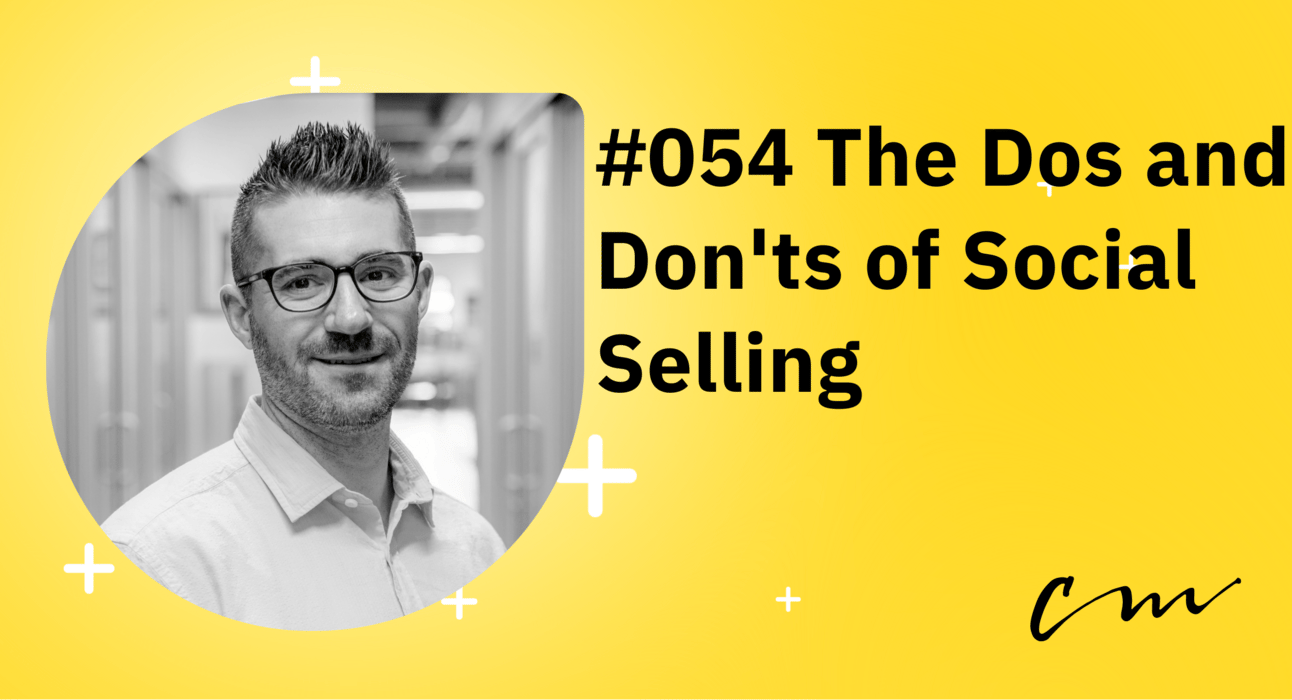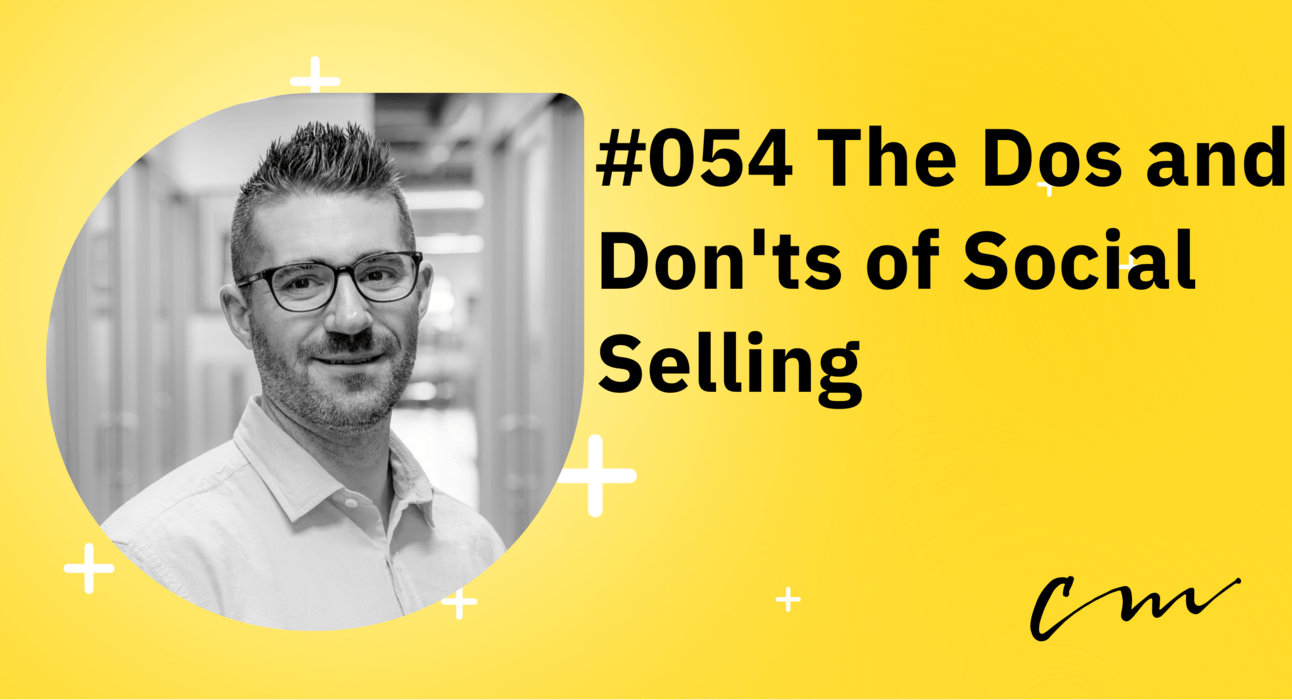- Sales Transformation Newsletter
- Posts
- Play #054 The Dos and Don'ts of Social Selling
Play #054 The Dos and Don'ts of Social Selling
Navigating the Social Selling Landscape


Each week, I bring you battle tests, sales plays, and learning lessons from my experience as a Founder, VP of Sales, and my current role as the Managing Partner at Leadium, where we help world-class B2B sales teams drive revenue through our done-for-your top-of-funnel services.
Social selling is the practice of developing relationships on social media to boost sales — something that could be more lucrative than you think. That's because sales reps engaging in social network activity generate 45% more sales opportunities, while 51% are more likely to meet sales quotas.
In my experience, a lot can go wrong with social selling. For example, if agents hard sell your products or services or focus only on sales, this highly profitable sales method won't provide the outcomes you need. Here are some dos and don'ts for social selling.
Do Personalize Your Sales Pitches
Social selling is like any other sales technique. It involves segmenting your audience into groups based on shared characteristics, behaviors, and demographics for the most effective results. That lets you create highly personalized sales pitches that are more likely to convert social media users into bona fide customers.
Say you have an online store that sells many product types and want to sell a new gym accessory to your Facebook followers. Instead of sending sales pitches to everyone, only target those interested in health and fitness. That reduces the time sales reps spend nurturing non-qualified leads, potentially resulting in higher conversion rates for your campaigns.
Don't Hard Sell Products
Hard selling can alienate consumers and reduce sales. So, aim for a gentler approach when reaching out to prospective customers on social media. Soft selling is more of a low-pressure sales technique than hard selling, which can result in:
• Higher engagement rates
• More sales
• More repeat sales
I think that the art of effective social selling is not bombarding followers with lots of information. By reducing pressure, you won't frustrate consumers, which can lead to longer-lasting relationships.
Do Build Trust With Potential Customers
Direct-messaging followers on Facebook or LinkedIn about your product is similar to cold calling. Prospects might be wary about your intentions and even think you're trying to scam them. Unfortunately, fraudsters often use social media for phishing and other crimes.
That's why you should build trust with potential customers and convince them you are the real deal. You can do this by establishing authority. Tell followers about your brand's achievements and reputation and why you are a leader in your industry.
Don't Focus Only on Sales
Of course, increased sales is the ultimate goal of social selling. However, I think this method does much more than just drive revenue. By listening to customers' pain points and providing valuable solutions to these challenges, you can build stronger relationships and increase the chances of repeat sales.
Instead of just talking about product features and pricing, share knowledge with potential customers. Tell them about your brand values and how your offering can make a real difference in their lives.
Takeaway
When done right, social selling is an incredibly effective method. When done wrong, it can ruin your reputation and impact sales and revenue. So follow the tips above when reaching out to prospects on social media. Reps will be able to engage potential customers more effectively and move them through your sales funnels.
Ready To Learn The Exact Formula For Consistent Sales?
The Sales Jam Newsletter will help get people in Sales, ahead of all the rest in their industry. Deep dives on Sales experts, insider tips/hacks, networking directory, resource & tool curation, events, and more!

Peace Out


Reply